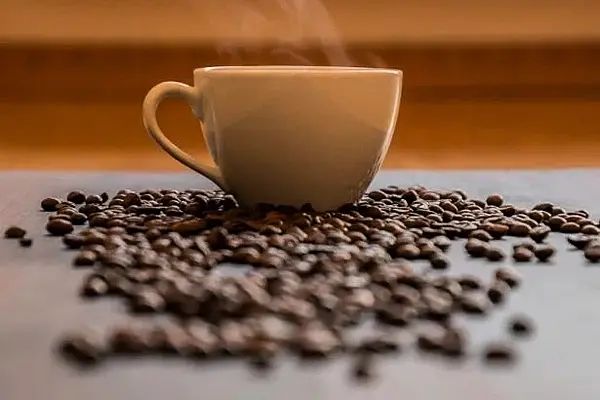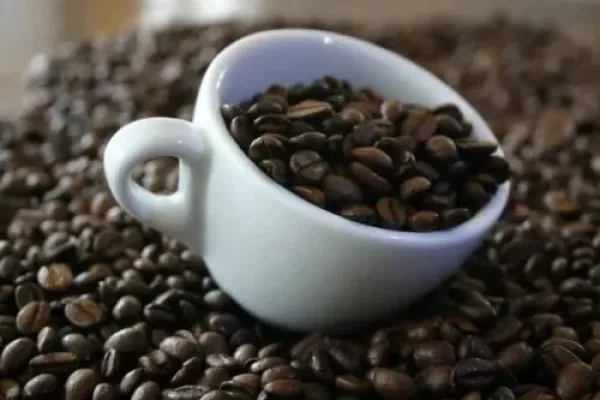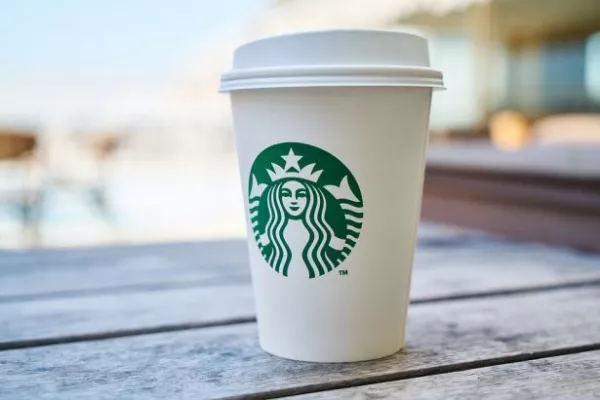Originally conceived in the 1700s as a means of preserving and utilizing old (read: stale or soured) beer by blending with new, porter’s dark brown or black hefty malt character was a novel way of covering otherwise undesirable flaws in flavor. The traditional flavor profile had a tart character.
No longer pragmatic blends of beer, most porters brewed today, including their bigger relatives the Baltic and imperial porters, offer instead dark flavors of chocolate, coffee, and toffee—not unlike closely-related stout. The historical and technical differences between the two styles is highly subjective with no definitive answers: Do only stouts utilize roasted barley? Do only porters utilize chocolate malt? Are porters lighter and sweeter and stouts heavier and drier? Instead of going down that pedantic rabbit hole, it's best just to accept what's on the label and enjoy.
Here are eight killer examples of the contemporary porter styles to do just that, ranging from moderately alcoholic, easy drinkers to stronger sippers. No surprise, they all pair perfectly with a roaring fire.
Anchor Porter — 5.6% ABV
Anchor was one of the first stateside producers to brew a porter back in the early 1970s when the style was relegated to obscurity. Now, 44 years since its debut, Anchor’s Porter is still considered one of the very best. Dark chocolate and coffee notes backed by a light bitterness and effortless body.
The Kernel Export India Porter — 5.7% ABV
London’s Kernel brewery always seems to strike the perfect balance between historical fundamentals and contemporary experimentation in its brewing practices. For this Export India Porter, expect a velvety dark chocolate-forward base, which supports a uniquely hoppy bouquet.
Maine Beer Company King Titus — 7.5% ABV
The hoppy-leaning portfolio of Maine Beer Co. has a certain pristine quality to it. The brilliantly executed King Titus is one of the brewery’s few year-round dark recipes, named in honor of a beloved silverback gorilla who was sheltered by the Dian Fossey Gorilla Fund. Robustly chocolatey, the brew is worthy of bearing that impressive mammal's name.
To Øl Black Ball — 8% ABV
Arty Scandinavian gypsy-brewing disciples of Mikkeller, To Øl often push the limits of both adjunct experimentation and packaging aesthetics in its unique releases. Black Ball is its more modest take on a porter, with a particularly satisfying rich mouthfeel and terrifically enjoyable smoke character in the flavor.
Three Floyds Topless Wytch — 9% ABV
Metalhead hellions Three Floyds is one of the truly mammoth forces to be reckoned with in U.S. craft beer. Topless Wytch is its Baltic porter as provocatively decadent on the palate as the beer’s name itself. Picture big luscious roasty notes that make way for a sweet malty finish.
Russian River Shadow of a Doubt — 9.86% ABV
While Russian River is more famous for its hoppy ales and vinously sour barrel-aged brews, its stab at an imperial porter, Shadow of a Doubt, is no less enjoyable or noteworthy. Named for the 1943 Hitchcock flick of the same name, its deep flavor of sweet cacao shifts into a dry licorice and tobacco-laden finish.
Jack’s Abby Framinghammer — 10% ABV
All-lager brewing outfit Jack’s Abby’s Framinghammer Baltic porter takes the non-ale route in its brewing. Extended conditioning prior to release with oats and brown sugar lends an immediately smooth sweetness that supports a hefty double-digit alcohol content. It also serves as a terrific base for several barrel-aged and adjunct-heavy variants, such as PB&J Framinghammer, which is aged in bourbon barrels with peanut butter and raspberries.
De Molen Tsarina Esra — 11% ABV
De Molen is perhaps Europe’s best producer of high-alcohol, malt-forward brews, and its imperial porter Tsarina Esra is no exception. Smooth and sweet cocoa darkness, underlying dark fruitiness, and a nicely fluffy mouthfeel. There’s also an oak-aged Reserva variant that rounds everything out with a beautiful punched-up woodiness.
News by Bloomberg, edited by Hospitality Ireland









